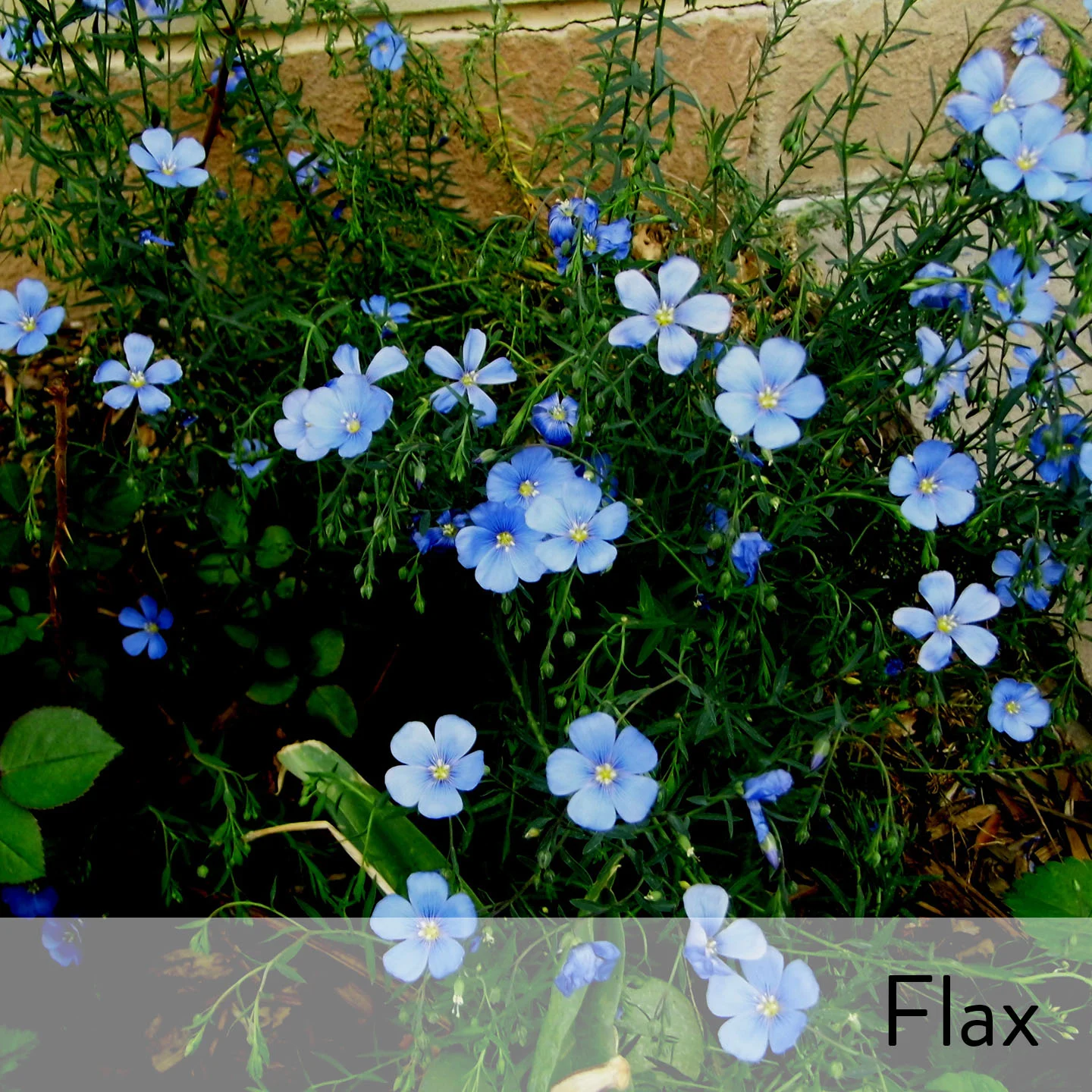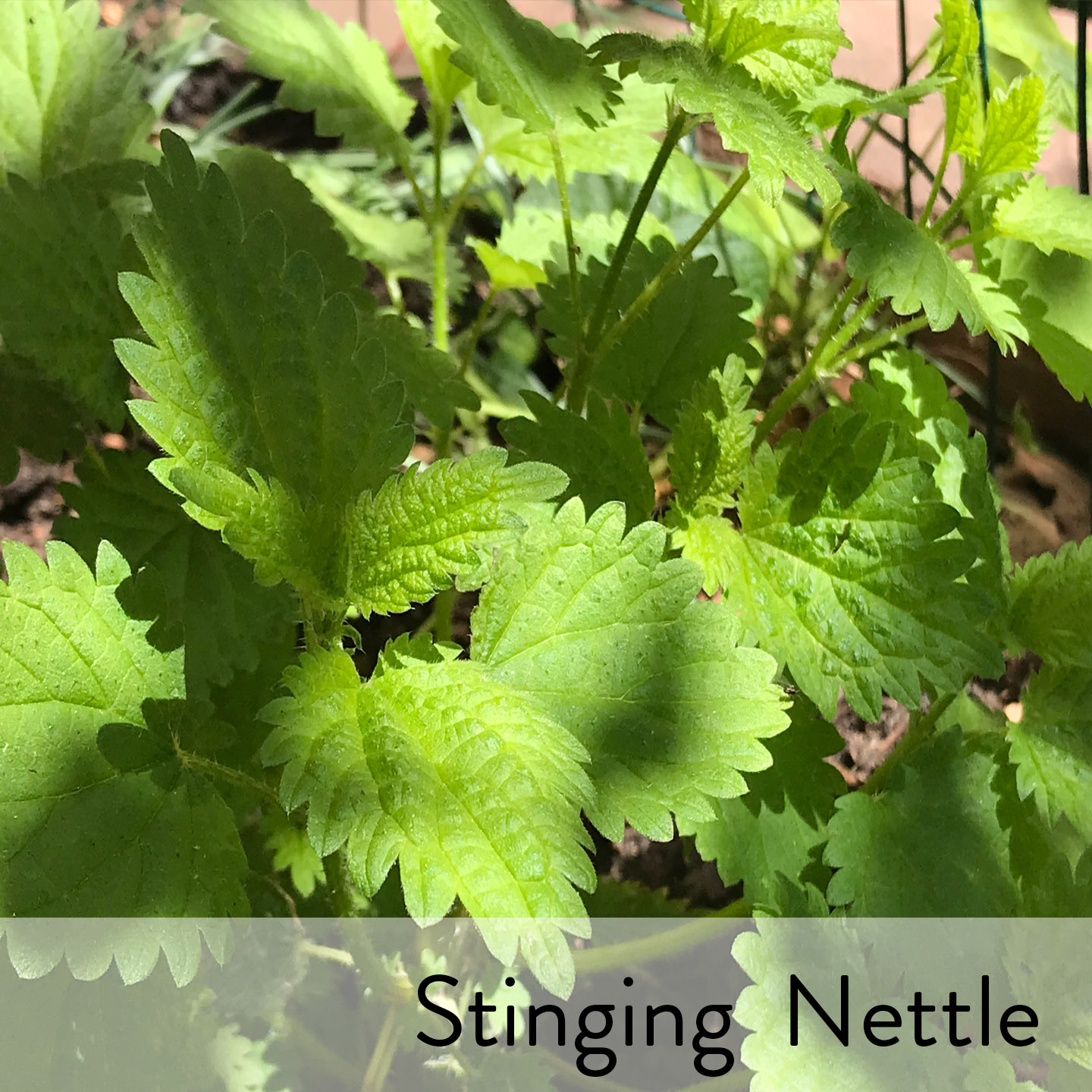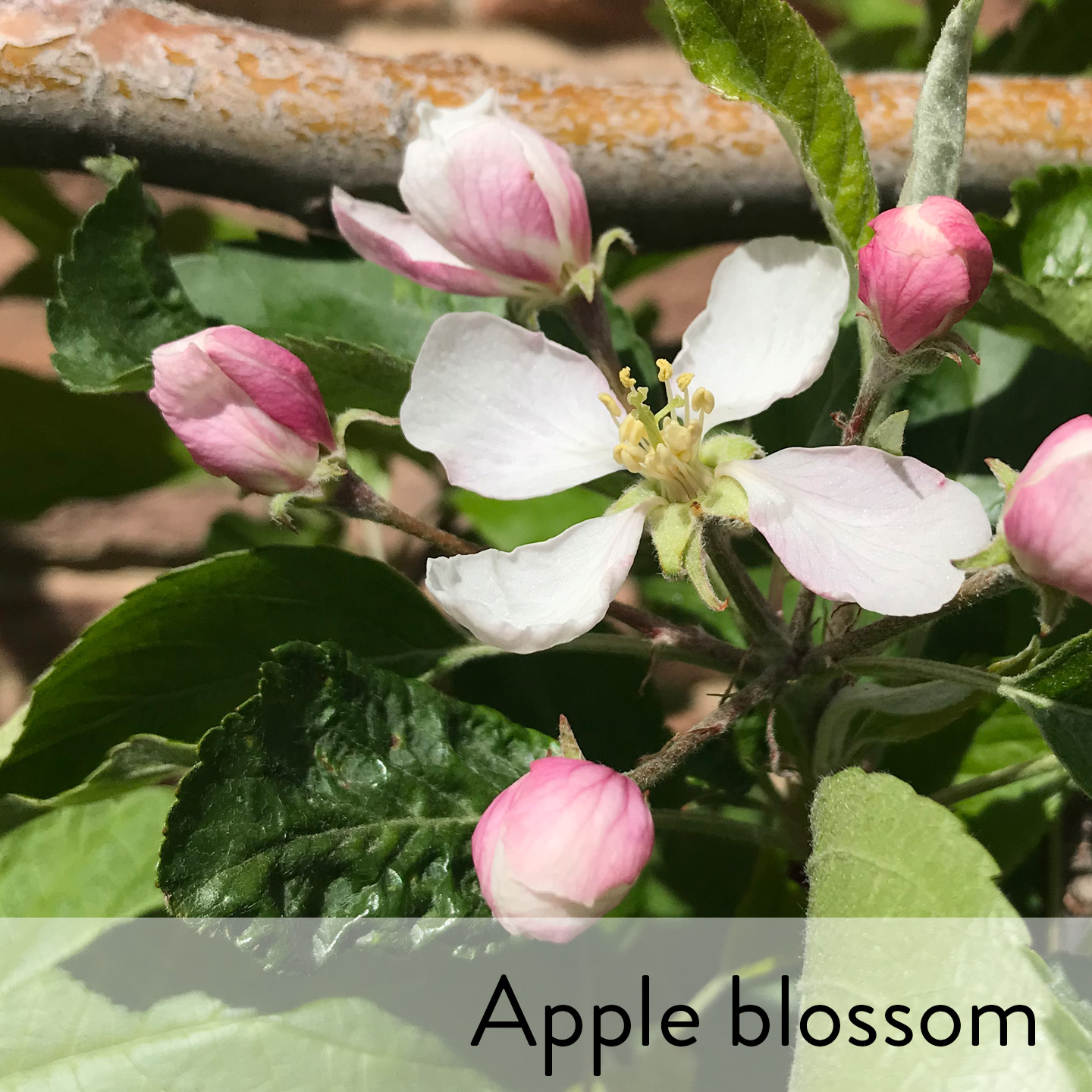King Lear
In King Lear, specific plants and natural imagery are deeply intertwined with the themes of madness, betrayal, and the natural order. The recurring references to "weeds" symbolize the chaos and moral decay in Lear's world after he divides his kingdom. As Lear wanders the stormy heath, he likens himself to a "poor, bare, forked animal," reflecting his vulnerability and loss of power. Additionally, the imagery of "flowers" contrasts beauty with the harsh realities of betrayal and tragedy. In many ways, the plants Shakespeare uses in this play serve to highlight the tumultuous relationship between humanity and nature, illustrating the consequences of ambition, folly, and familial conflict.
Special thanks to longtime CSF supporter and thespian Chuck Wilcox for voicing the part of The Bard in our video series. Full production credits available here. All photos copyright Colorado Shakespeare Group except those in the public domain, published under Creative Commons (CC) licensing. For more information on (CC) artwork in this video, click here.
Enjoy this slideshow of the plants we have in our King Lear garden:





